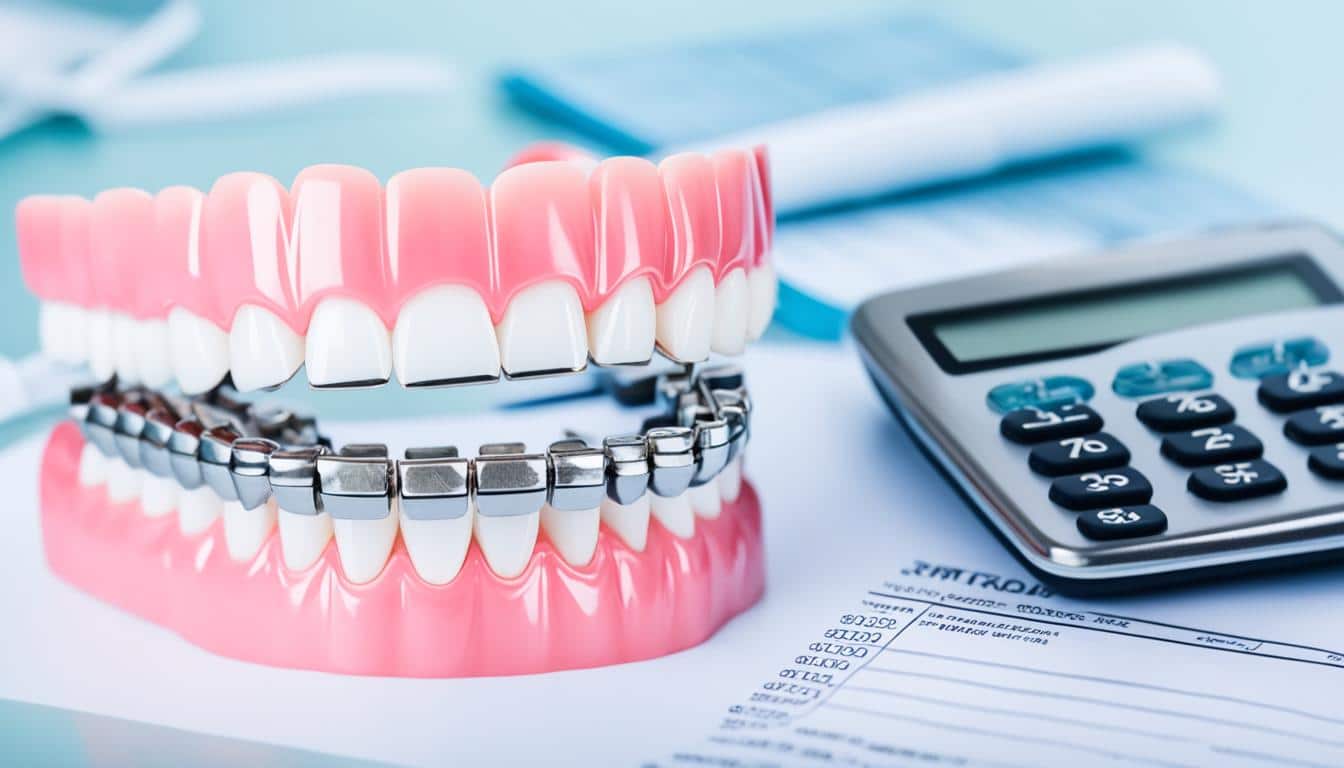Brace yourself for some good news! Your orthodontic treatment costs might help you save on taxes. If you’ve been worried about dental expenses, it’s time to learn about medical tax deductions.
Filing your taxes can be tricky, like flossing with braces. But don’t worry, we’re here to help!
In 2022, you could deduct medical expenses, like new braces, up to 7.5% of your income. If you made $60,000, you could deduct up to $4,500. That’s something to smile about!
But wait! Not all dental work counts for deductions. The IRS only wants to know about medically necessary procedures. Only work done by qualified pros counts.
Key Takeaways
- Orthodontic treatments can be tax-deductible as medical expenses
- Deductions apply to costs for yourself, spouse, and dependents
- Expenses must be deducted in the year they’re paid
- Qualifying expenses include provider visits and medical supplies
- Braces, Invisalign, and other dental treatments may be covered
- Documentation is crucial for potential IRS scrutiny
Understanding Medical Expense Deductions
Medical expense deductions can help you save money on taxes. But, they have rules that can be hard to follow. Let’s make it simple for you to understand how to claim these deductions.
What Qualifies as a Medical Expense?
The IRS lets you deduct many health-related costs. This includes doctor visits, hospital stays, and prescription drugs. Dental care like braces, cleanings, and fillings are also deductible. Even some alternative treatments like acupuncture can be deducted. Just remember, you can only deduct what you paid out-of-pocket and not what insurance covered.
The Deduction Threshold Explained
In 2023, you can deduct medical expenses over 7.5% of your adjusted gross income (AGI). For instance, if your AGI is $50,000, you need more than $3,750 in expenses to deduct. Keep track of all your health care costs all year to get the most from your deduction.
Standard Deduction vs. Itemized Deductions
To deduct medical expenses, you must itemize on your tax return. This means you can’t take the standard deduction. For 2022, the standard deduction is $12,950 for single people and $25,900 for married couples filing together. Pick the bigger tax break between your itemized deductions and the standard deduction.
Think about using health care flexible spending accounts for out-of-pocket costs. This lets you pay with pre-tax dollars. It could be a good choice instead of itemized deductions for some people. Think about your options to save the most.
Are Braces Tax Deductible?
Good news for your wallet and your smile! Braces are tax deductible as a medical expense. But before you start grinning from ear to ear, let’s dive into the nitty-gritty of this tax savings strategy.
To claim braces on your taxes, your total medical expenses need to exceed 7.5% of your adjusted gross income. This includes traditional braces, Invisalign, and other orthodontic appliances. Keep in mind, this deduction only applies to out-of-pocket costs not covered by insurance.
Ready to crunch some numbers? You’ll need to itemize your expenses on Schedule A (Form 1040). Be sure to keep detailed records of all orthodontic-related expenses, from consultations to x-rays. Remember, while straightening your teeth is deductible, cosmetic procedures like teeth whitening aren’t. So, focus on those necessary treatments to maximize your potential tax deductions and insurance coverage benefits.
Want to boost your savings even further? Consider using Flexible Spending Accounts (FSAs) or Health Savings Accounts (HSAs) to cover orthodontic costs. These tax-advantaged accounts can be a smart addition to your overall tax savings strategies. Just remember, there’s a $10,000 limit on combined tax deductions for individuals, so plan accordingly to make the most of your braces-related tax benefits.








